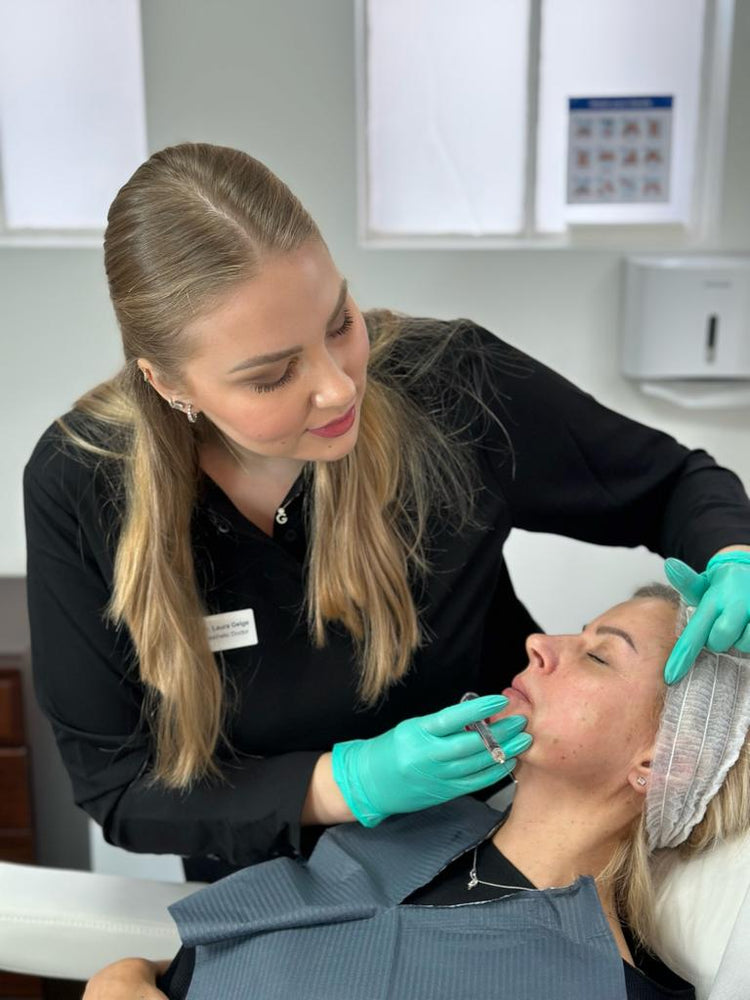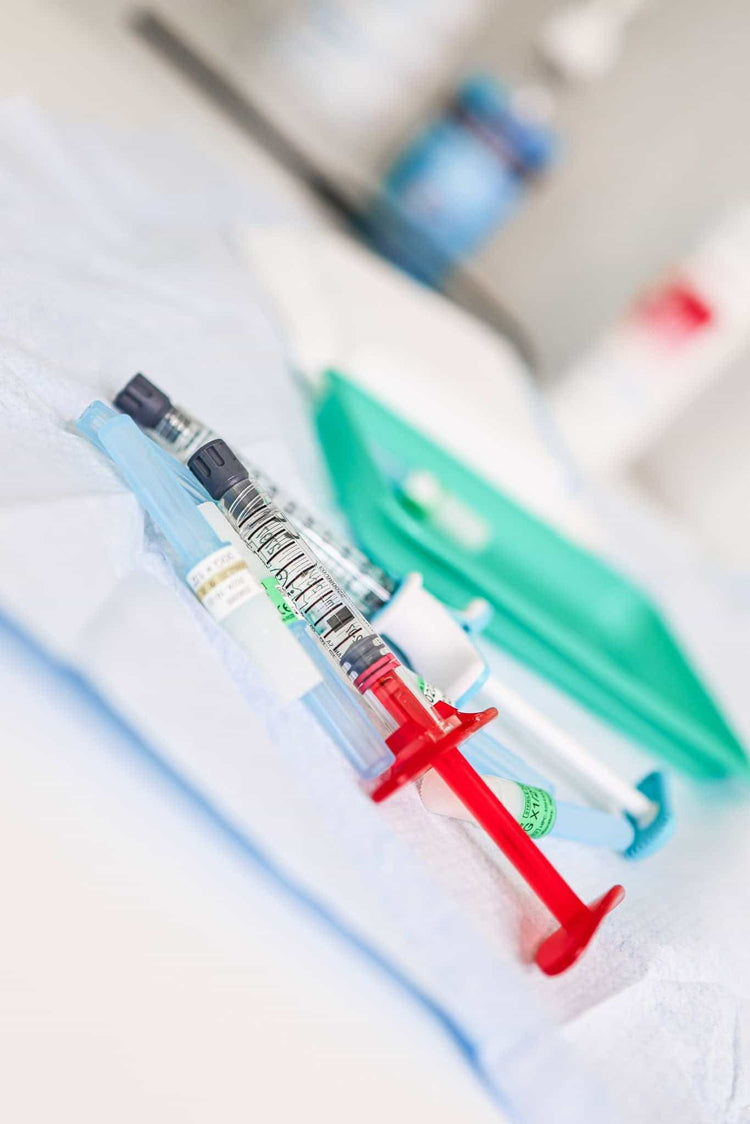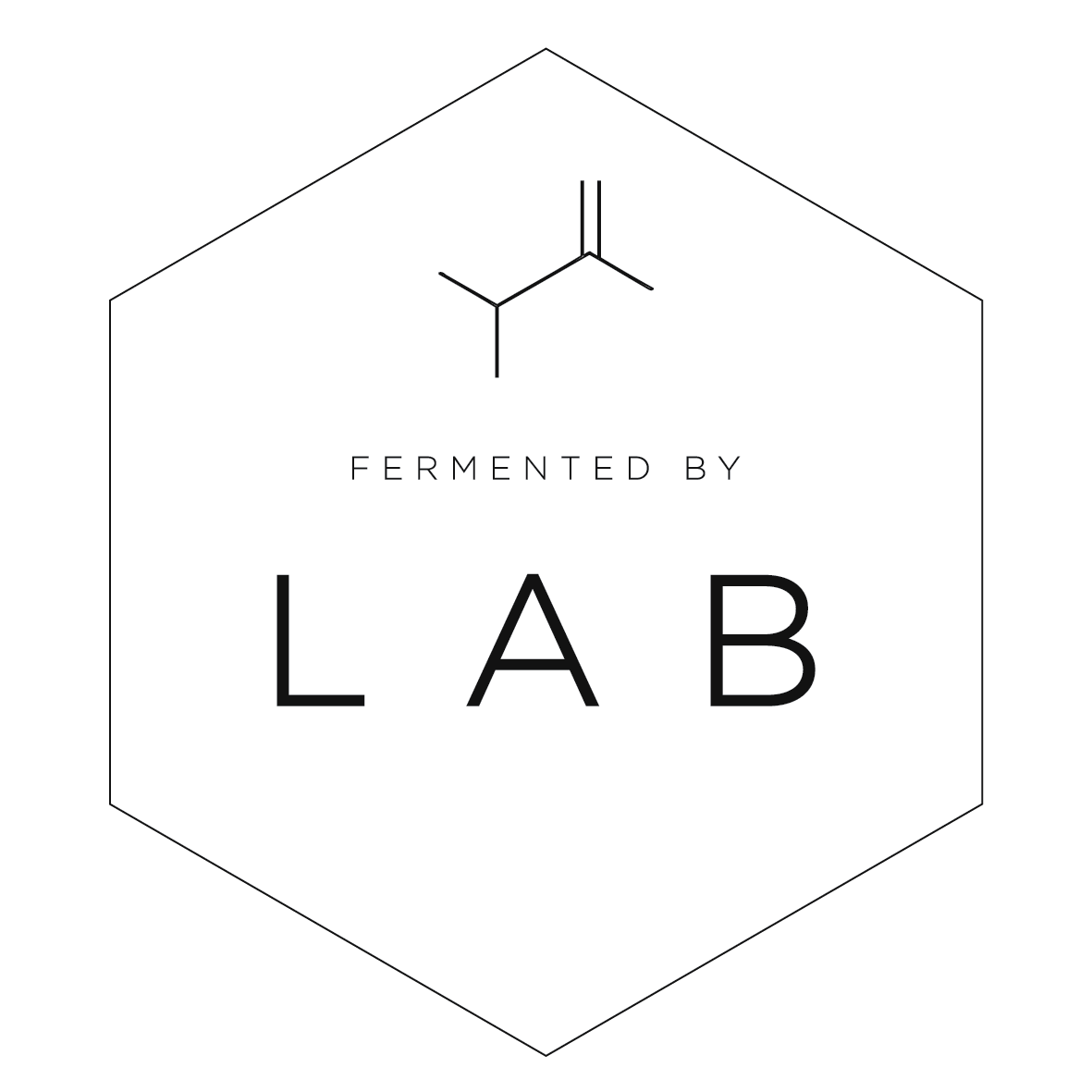Are Nasolabial Fold Fillers Reversible?
Are you considering smoothing out those pesky nasolabial folds but worried about making a permanent change? In London, there’s good news for anyone seeking a temporary solution. Nasolabial fold fillers offer a non-surgical approach to reducing the appearance of these lines and wrinkles, and thankfully, they are reversible.
Dissolvable vs. Permanent Fillers
The reversibility of nasolabial fold fillers depends on the type of filler used. Dissolvable fillers, such as hyaluronic acid, can be reversed with an enzyme called hyaluronidase. This enzyme breaks down the hyaluronic acid, allowing it to be absorbed by the body. Permanent fillers, on the other hand, are designed to last for a longer period and cannot be easily reversed.

If you’re considering nasolabial fold fillers in London, discuss your options with a qualified practitioner. They can assess your individual needs and recommend the best type of filler for you. Remember, understanding the different types of fillers and their reversibility is crucial to making an informed decision.
Procedure for Dissolving Fillers
Are you considering smoothing out those pesky nasolabial folds but worried about making a permanent change? In London, there’s good news for anyone seeking a temporary solution. Nasolabial fold fillers offer a non-surgical approach to reducing the appearance of these lines and wrinkles, and thankfully, they are reversible.
The reversibility of nasolabial fold fillers depends on the type of filler used. Dissolvable fillers, such as hyaluronic acid, can be reversed with an enzyme called hyaluronidase. This enzyme breaks down the hyaluronic acid, allowing it to be absorbed by the body. Permanent fillers, on the other hand, are designed to last for a longer period and cannot be easily reversed.
If you’re considering nasolabial fold fillers in London, discuss your options with a qualified practitioner. They can assess your individual needs and recommend the best type of filler for you. Remember, understanding the different types of fillers and their reversibility is crucial to making an informed decision.
Recovery After Filler Dissolution
The reversibility of nasolabial fold fillers depends on the type of filler used. Dissolvable fillers, such as hyaluronic acid, can be reversed with an enzyme called hyaluronidase. This enzyme breaks down the hyaluronic acid, allowing it to be absorbed by the body.
Permanent fillers, on the other hand, are designed to last for a longer period and cannot be easily reversed.
Recovery after filler dissolution is typically minimal. There may be some temporary swelling or redness at the injection site, but this usually subsides within a few days.
Factors Affecting Reversibility
The reversibility of nasolabial fold fillers depends on the type of filler used. Dissolvable fillers, such as hyaluronic acid, can be reversed with an enzyme called hyaluronidase. This enzyme breaks down the hyaluronic acid, allowing it to be absorbed by the body.
Permanent fillers, on the other hand, are designed to last for a longer period and cannot be easily reversed.
Recovery after filler dissolution is typically minimal. There may be some temporary swelling or redness at the injection site, but this usually subsides within a few days.
Volume of Filler Used
The reversibility of nasolabial fold fillers depends on the type of filler used. Dissolvable fillers, such as hyaluronic acid, can be reversed with an enzyme called hyaluronidase. This enzyme breaks down the hyaluronic acid, allowing it to be absorbed by the body.
Permanent fillers, on the other hand, are designed to last for a longer period and cannot be easily reversed.
Recovery after filler dissolution is typically minimal. There may be some temporary swelling or redness at the injection site, but this usually subsides within a few days.
The volume of filler used in nasolabial fold treatment can vary depending on individual needs and desired results. A qualified practitioner will assess the depth and width of the folds to determine the appropriate amount of filler.
It’s important to remember that more is not always better. Overfilling can lead to an unnatural appearance, so it’s crucial to discuss your expectations and concerns with a practitioner to achieve a natural-looking outcome.
Type of Filler Injected
The reversibility of nasolabial fold fillers depends on the type of filler used. Dissolvable fillers, such as hyaluronic acid, can be reversed with an enzyme called hyaluronidase. This enzyme breaks down the hyaluronic acid, allowing it to be absorbed by the body.

Permanent fillers, on the other hand, are designed to last for a longer period and cannot be easily reversed.
Recovery after filler dissolution is typically minimal. There may be some temporary swelling or redness at the injection site, but this usually subsides within a few days.
The volume of filler used in nasolabial fold treatment can vary depending on individual needs and desired results. A qualified practitioner will assess the depth and width of the folds to determine the appropriate amount of filler.
It’s important to remember that more is not always better. Overfilling can lead to an unnatural appearance, so it’s crucial to discuss your expectations and concerns with a practitioner to achieve a natural-looking outcome.
Individual Patient Response
The reversibility of nasolabial fold fillers depends on the type used. Dissolvable fillers, such as hyaluronic acid, can be reversed with hyaluronidase, an enzyme that breaks down hyaluronic acid, allowing it to be absorbed by the body. Permanent fillers, designed for longer-lasting results, cannot be easily reversed.
Recovery after filler dissolution is typically minimal, involving possible temporary swelling or redness at the injection site which usually subsides within a few days.
The amount of filler used in nasolabial fold treatment varies depending on individual needs and desired results. A qualified practitioner assesses the depth and width of the folds to determine the appropriate amount.
Remember, more filler doesn’t always mean better. Overfilling can create an unnatural appearance. Discuss your expectations with a practitioner to achieve a natural-looking outcome.
Things to Consider Before Dissolving Fillers
Before making the decision to dissolve nasolabial fold fillers, there are several important factors to consider.
Consultation with a Qualified Practitioner
First and foremost, it is crucial to consult with a qualified practitioner who specializes in dermal fillers. They will assess your individual needs, medical history, and desired outcome to determine if filler dissolution is the right option for you.
You should also discuss the type of filler used initially. If hyaluronic acid-based fillers were used, dissolution with hyaluronidase is a viable option. However, permanent fillers cannot be dissolved.
It’s essential to understand the potential risks and benefits associated with filler dissolution. While generally safe, there may be side effects like swelling, bruising, or redness at the injection site.

Another important consideration is the timing of the procedure. Dissolving fillers shortly after they are placed will yield better results than waiting for months or years.
Finally, it’s crucial to have realistic expectations. Filler dissolution cannot completely erase all signs of aging and may not provide the same results as a primary treatment.
Risks and Side Effects
Before making the decision to dissolve nasolabial fold fillers, there are several important factors to consider.
First and foremost, it is crucial to consult with a qualified practitioner who specializes in dermal fillers. They will assess your individual needs, medical history, and desired outcome to determine if filler dissolution is the right option for you.
You should also discuss the type of filler used initially. If hyaluronic acid-based fillers were used, dissolution with hyaluronidase is a viable option. However, permanent fillers cannot be dissolved.
It’s essential to understand the potential risks and benefits associated with filler dissolution. While generally safe, there may be side effects like swelling, bruising, or redness at the injection site.
Another important consideration is the timing of the procedure. Dissolving fillers shortly after they are placed will yield better results than waiting for months or years.
Finally, it’s crucial to have realistic expectations. Filler dissolution cannot completely erase all signs of aging and may not provide the same results as a primary treatment.
- Traptox Aka Trapezius Botox Treatment Near Epsom, Surrey - December 5, 2025
- Tinkerbell Nose Tip Lift Treatment Near Thornton Heath, Surrey - December 3, 2025
- The Smoothest THC Infused Sodas Ever - November 30, 2025
